While Baeyens’s Invited gets rid of the audience, Fix and Foxy’s A Doll’s House (ADH), under the direction of Tue Biering, creates layers of them to build an alternative theatre universe in which Ibsen’s masterpiece precariously exists. This is ADH like no other. It confounds and conflates the normally ordered boundaries between the private self and the public self, plays with the unseen psychic relations audience members have with a show (by this I mean their relationship to the playing space defined by set design and by how the actors position themselves), and puts the audience (and here there is a definite audience) in a questionably immoral position.
This is theatre not only playing host to an audience, but where it is the audience.
This ADH, in its citizen participatory setting (someone’s house), sets truth against fiction so that we don’t know which is which—and, even, which comes first. Three professional actors—Cassie Raine, Paul Sebastian Mauch, and Benjamin Samuels—arrive at a German townhouse in the Dresden suburbs. They haul crates of beer between them and there is a festive and merry air around the whole thing. The actors, like the audience, have not been to the house before, nor have they met the real-life couple, non-actors Ulrich and Sandra, who are inside and who will be coaxed into playing Torvald and Nora in front of us. The stage is a real domestic setting and within its walls is the history of Ulrich and Sandra’s relationship.
The audience gathers in the ornamental living room, and Ulrich takes up a posture in front of us, which comes across as defensively nervous. Neither Ulrich nor Sandra knows the story of ADH. The actors, taking on the roles of Dr. Rank, Krogstad and Mrs. Linde, coach, like gurus, the couple through their lines, telling them what to say and sometimes, as the performance goes along, explaining the meaning behind what is said. In theory, and writing about it here, the production sounds exciting, yet might the uniqueness of the conceit—turning a classical play on its head in this way (which Invited was free from)—steal the show and obfuscate the real meanings? At first the answer is yes, as it is pretty hard to forget you are in a stranger’s personal space. But as the action moves from room to room, the lack of good spots to view what’s happening means some of us have to eavesdrop. What could be closer to Ibsen’s desire for ADH to seem as real and as naturalistic as this?
If we in the audience haven’t already had the thought, the moral impropriety of what we are doing —gazing at Ulrich and Sandra’s relationship as if it were under a microscope—is brought home to us then. As with Invited, it is unclear how this provocation—where the audience members are blatant voyeurs peering into the real skeleton-inhabited cupboards of people’s lives—might heighten our understanding of conventional theatre, and indeed, of this classic. What’s really revealing, though, is how Fix and Foxy’s chaotic real-life theatrical space teases out truths about Ulrich and Sandra’s relationship via superficial means: when Ulrich/Torvald leaves the room, Sandra/Nora reveals to us that she is in contact with her ex-boyfriends on Facebook and she is not sure if her husband knows. She laughs it off, but there is real nervousness behind it, which interplays with Nora’s own need for secrets. Personal intimacies are laid bare like the flayed fish Ulrich/Torvald is supposed to be cooking as he prepares supper for Sandra/Nora. When the time comes, Ulrich/Torvald is reluctant to shout at Sandra/Nora. Time and again he falters. He does shout in the end, though, and the inevitable question arises: is this Torvald or Ulrich shouting, or both?
Is there a need for the huge productions of such classics in massive formal spaces where every “t” is crossed and every “i” dotted, where one comes away with virtually nothing?
Sandra/Nora may be directed to leave Ulrich/Torvald at the end of the show, but does Sandra/Nora’s door thud (as opposed to slam, which occurs in most conventional performances) because she can’t fathom leaving Ulrich, or because she has almost left Ulrich, or because it could happen, or because she can’t believe that the fictional Nora was put into this unfair position in the first place? Or was it because there was, unfortunately, a small bag trapped in the door when she closed it behind her? Sandra tells me later that she as Sandra did not want to leave, but felt compelled to follow Nora’s and ADH’s narrative. Yet there was no mistaking that Sandra was upset towards the end of the piece. For whatever reason, the tears behind her eyes seemed real.
Fix and Foxy appear to be shaking up the theatrical space to expose the cracks—including false or heightened emotions, which often morph into melodrama—conventional drama can bring. Most of us love Ibsen, but have we ever really seen a production of ADH where we fully believe in Torvald or Nora, fully feel the emotional car-wrecking journeys the characters go on? (I must stress: not feeling the emotional journeys would be no fault of any production, but more because so much cultural emphasis is put on the importance of the play or the stars in it.) Watching this production, I felt like I really understood ADH for first time because the performances were so understated, Ulrich and Sandra’s hesitancy and embarrassment was real, and the whole thing was unfettered by the cultural aspirations that can weigh down and drown so many conventional productions. It did make me ask: Is there a need for the huge productions of such classics in massive formal spaces where every “t” is crossed and every “i” dotted, where one comes away with virtually nothing?
This version of ADH questions the kind of space the audience needs to see Ibsen’s classic (and any other classical piece) and who the audience needs to see in the show (i.e. professional or non-professional actors) to fully understand its meanings. In terms of Invited, by getting rid of any spatial distance between the performers and spectators, the show challenges whether an audience is needed at all, as well as whether an audience is needed before something can even be called a show. Both productions—though seeming to exist at opposite ends of the theatrical spectrum in terms of style and substance—have more in common than just being participatory. They question not just how something is said or expressed, but also where it is expressed (in a formal space or a personal one?). And the “where” and the “how” leads to the “why” and the “for whom.” These are probably the biggest questions theatre in the twenty-first century not only needs to ask all of the time, but also answer.

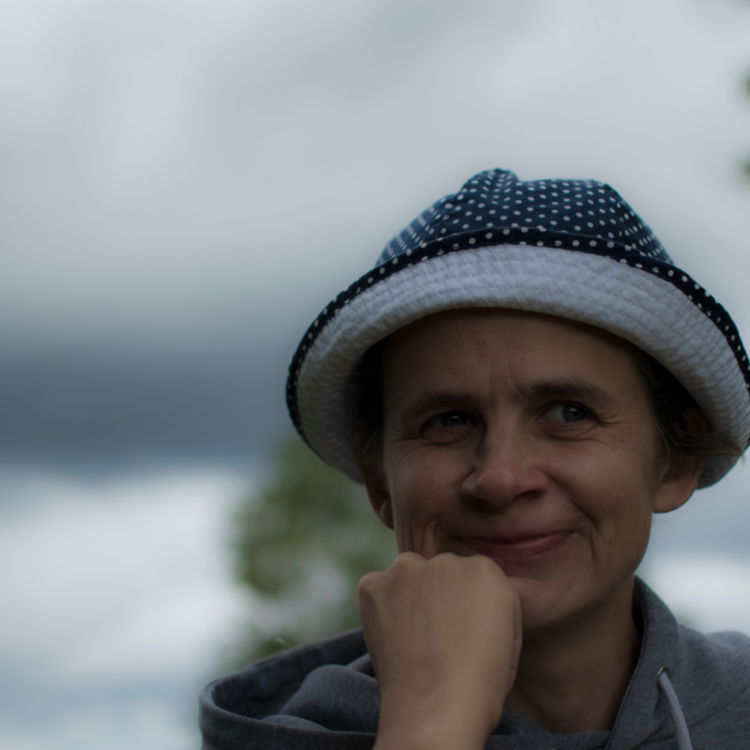
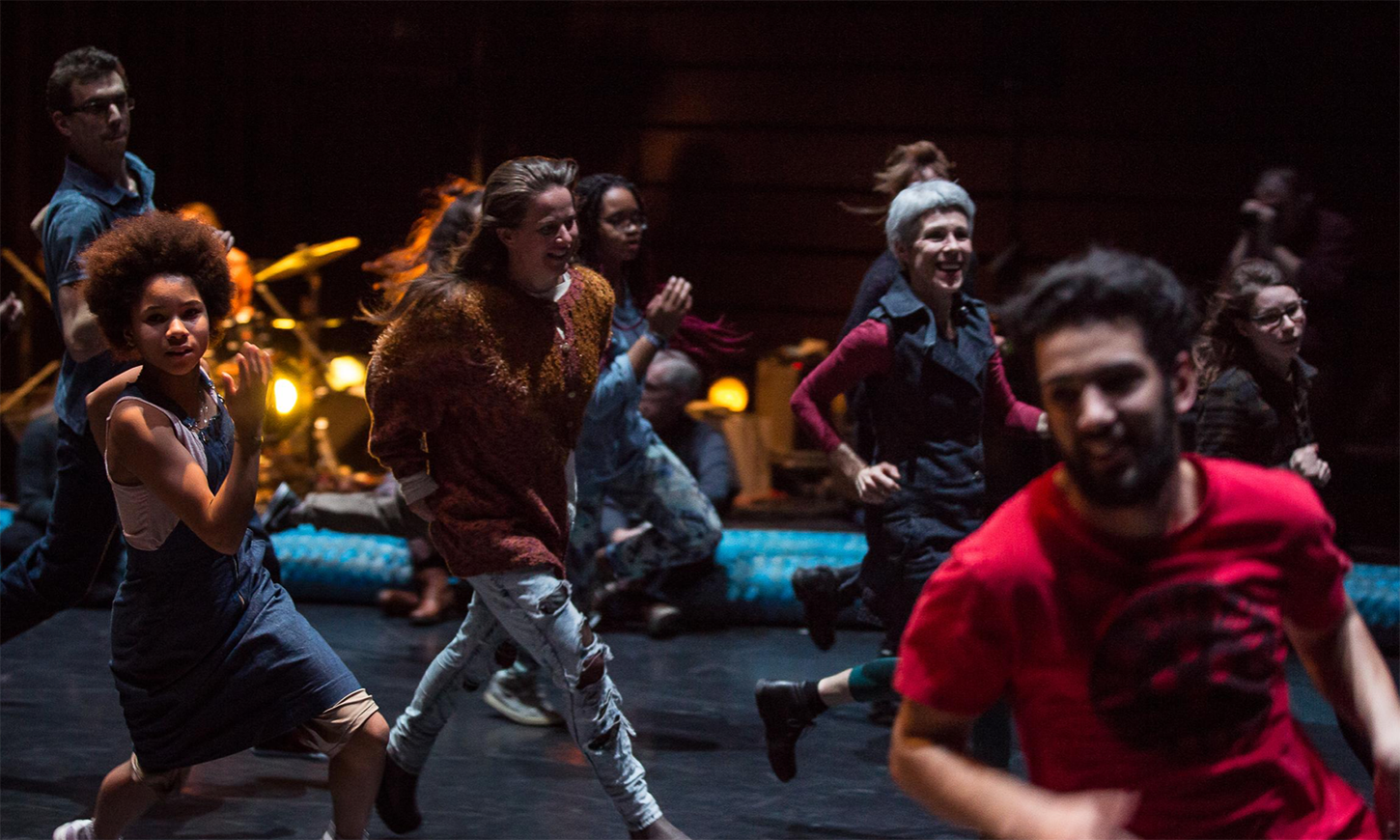
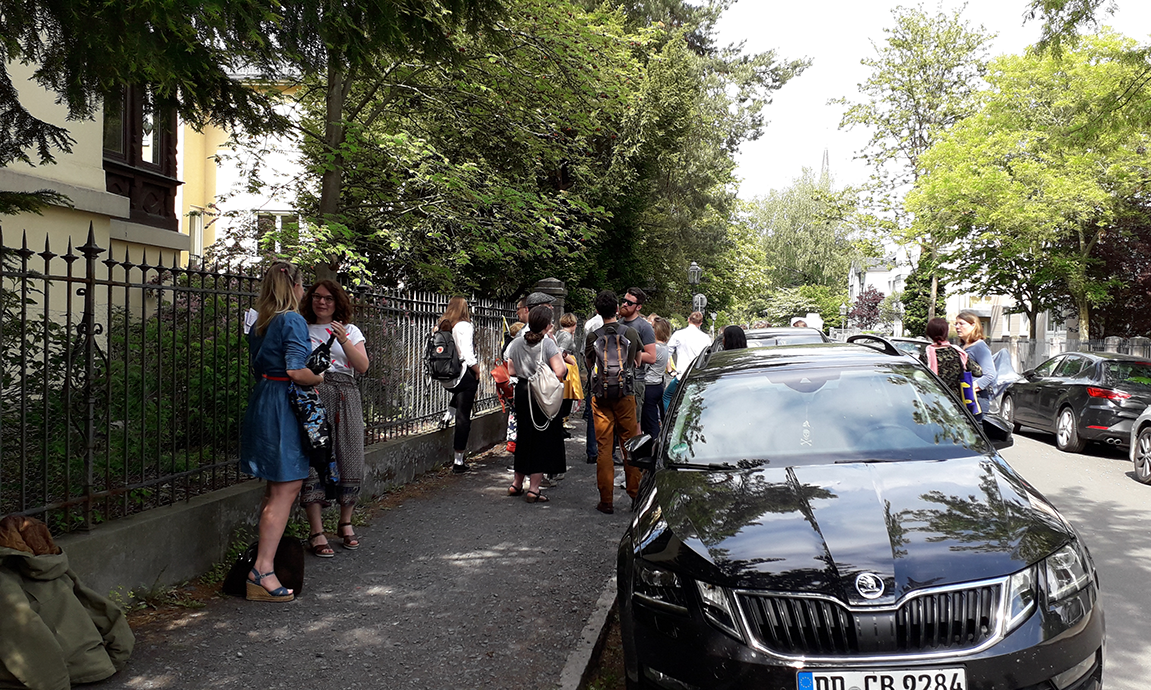
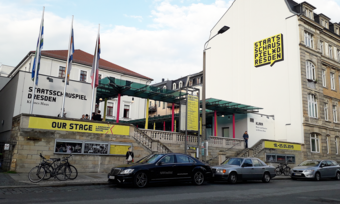

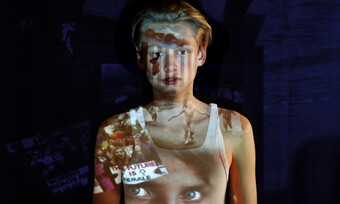

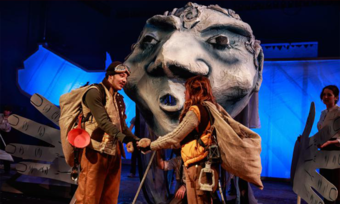

Comments
The article is just the start of the conversation—we want to know what you think about this subject, too! HowlRound is a space for knowledge-sharing, and we welcome spirited, thoughtful, and on-topic dialogue. Find our full comments policy here